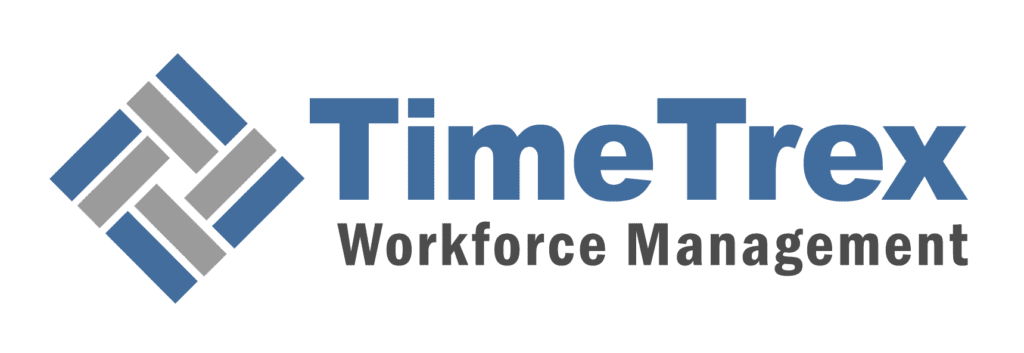Free Ontario Sales Tax Calculator
Ontario Sales Tax Calculator
Found our Free Ontario Sales Tax Calculator useful? Bookmark and share it.
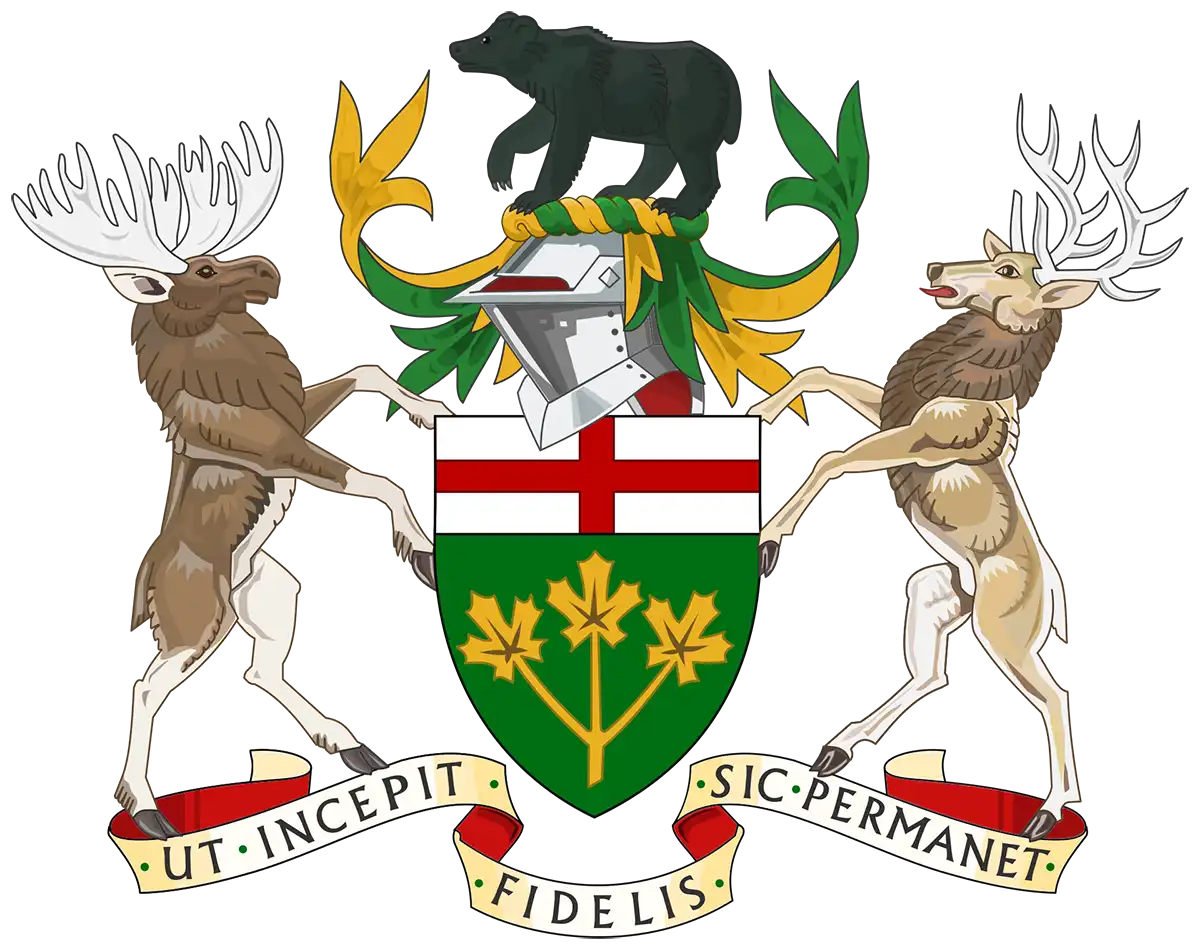
When to Register for and Start Charging GST/HST in Canada
This section outlines the criteria for when businesses and individuals in Canada are required to register for a Goods and Services Tax/Harmonized Sales Tax (GST/HST) account and begin charging GST/HST on their taxable supplies.
Recent Update (Effective June 17, 2024): Individuals with a Social Insurance Number (SIN) starting with the number 9 can now utilize the Canada Revenue Agency’s (CRA) Business Registration Online service to register for a business number and a GST/HST account instantly.
General Rule: Mandatory GST/HST Registration
You must register for a GST/HST account if both of the following conditions are met:
- You are not a “small supplier”: This means your revenue from taxable supplies (including zero-rated supplies) in Canada exceeds a specific threshold. The determination of whether you are a small supplier is detailed below.
- You make taxable sales, leases, or other supplies in Canada: This generally includes most goods and services, unless they are specifically exempt. Note that if your only taxable supplies are sales of real property made outside the course of a business, you are not required to register.
Important Note: Generally, you cannot register for a GST/HST account if you exclusively provide exempt supplies. Exempt supplies are specific goods and services that are not subject to GST/HST (e.g., certain healthcare services, educational services, and financial services).
Special Cases
- Selected Listed Financial Institutions: If you are a selected listed financial institution making certain elections (reporting entity, consolidated filing, or tax adjustment transfer), refer to GST/HST Notice 265 for specific registration guidelines.
Determining Small Supplier Status and Registration Requirements
The following information will help you determine if you are a small supplier and whether you are required to register for GST/HST.
Determining GST/HST Registration Requirements for Most Businesses
For the majority of businesses operating in Canada, the necessity of registering for and subsequently charging the Goods and Services Tax/Harmonized Sales Tax (GST/HST) is directly linked to their status as a “small supplier.” Understanding the criteria for this status is crucial in determining your obligations.
Defining the Small Supplier Threshold
The “small supplier” threshold is a revenue benchmark set at $30,000. This threshold is calculated based on the total revenue (before expenses) generated from all taxable supplies made within Canada and worldwide by your business, including any associated businesses. This calculation period spans over four consecutive calendar quarters. It is important to understand what constitutes “taxable supplies” for this calculation. Taxable supplies include most goods and services, encompassing those taxed at the standard GST/HST rate as well as those that are zero-rated (taxable at a rate of 0%). However, specific types of revenue are excluded from this small supplier threshold calculation. These exclusions include revenue derived from:
- The provision of financial services.
- The sale of capital property.
- The sale of goodwill associated with the sale of a business.
A calendar quarter is a standardized three-month period within a calendar year, commencing on the first day of January, April, July, or October. To determine your status, you need to assess your total taxable revenue over these rolling four-quarter periods.
Implications of Being a Small Supplier
If your total revenue from taxable supplies, as defined above, does not exceed $30,000 over any four consecutive calendar quarters, your business is classified as a small supplier. As a small supplier, you are not legally obligated to register for a GST/HST account. Consequently, you are not required to charge GST/HST on the taxable supplies you provide to your customers.
However, the legislation provides an option for small suppliers. Even if you are not required to register, you may choose to register voluntarily for a GST/HST account. This voluntary registration can be advantageous for businesses that purchase goods or services subject to GST/HST, as it allows them to claim input tax credits to recover the GST/HST paid on these business-related expenses. If you decide to register voluntarily, the effective date of your registration is typically the date on which you formally request your GST/HST account from the Canada Revenue Agency (CRA). In some circumstances, this effective date can be up to 30 days prior to your request.
Mandatory GST/HST Registration: When You Lose Small Supplier Status
The obligation to register for GST/HST becomes mandatory when your business no longer qualifies as a small supplier. This occurs when your taxable revenue surpasses the $30,000 threshold under specific conditions:
Exceeding the Threshold in a Single Calendar Quarter
If, within a single calendar quarter, the total revenue from your taxable supplies exceeds $30,000, you immediately cease to be a small supplier. In this situation, you are required to register for GST/HST. Furthermore, you must begin charging GST/HST on the very supply that caused you to exceed the $30,000 threshold within that calendar quarter. Your effective date of registration is mandated to be no later than the day of the supply that pushed your revenue above the $30,000 mark. Following this effective date, you are obligated to charge GST/HST on all subsequent taxable supplies. You are generally required to complete your GST/HST registration with the CRA within 29 days of your effective date of registration.
Exceeding the Threshold Over Four Consecutive Calendar Quarters (Not in a Single Quarter)
If your business’s total revenue from taxable supplies exceeds $30,000 over a period of four (or fewer) consecutive calendar quarters, but you did not exceed this threshold in any single one of those quarters, the rules for losing small supplier status are slightly different. In this scenario, you stop being a small supplier at the end of the month following the quarter in which you exceeded the $30,000 threshold. For example, if you cross the $30,000 mark during the July to September quarter, you would cease to be a small supplier on October 31st. Consequently, you are required to register for GST/HST. Your effective date of registration must be no later than the beginning of the month after you are no longer a small supplier. Using the previous example, your effective registration date would be no later than November 1st. From this effective date onwards, you are obligated to start charging GST/HST on all your taxable supplies. Similar to the single-quarter exceedance, you typically have 29 days from your effective date of registration to complete the registration process with the CRA.
Understanding these rules regarding the small supplier threshold and the triggers for mandatory GST/HST registration is essential for businesses in Canada to ensure compliance with tax regulations. Regularly monitoring your taxable revenue against this threshold is a critical aspect of business financial management.

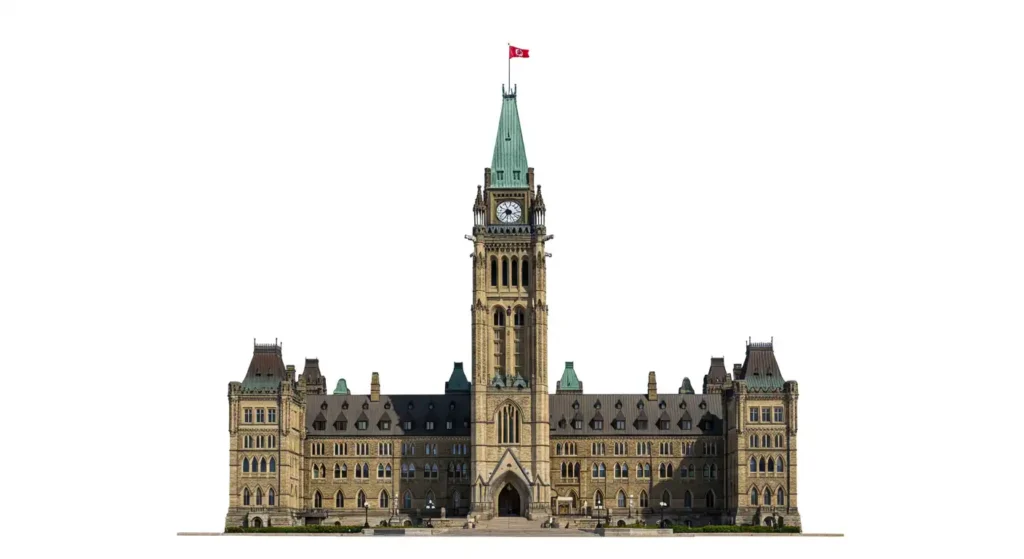
GST/HST Registration Requirements for Charities and Public Institutions
The determination of whether a charity or public institution is considered a small supplier for GST/HST purposes involves two distinct tests: the $250,000 gross revenue test and the $50,000 taxable supplies test. An entity is considered a small supplier if it meets the criteria under either of these tests. It’s important to note that charities and public institutions can be eligible for public service bodies’ rebates even if they are not registered for GST/HST. When assessing their status under these tests, a charity must consider all of its activities as a whole.
The $250,000 Gross Revenue Test
This test focuses on the total gross revenue of the charity or public institution over its fiscal years. The rules vary depending on how long the entity has been in operation:
First Fiscal Year: If the charity or public institution is in its first fiscal year, it is automatically considered a small supplier under this test. As a small supplier, it is not required to register for GST/HST. However, it retains the option to register voluntarily if it makes taxable sales, leases, or other supplies in Canada. Should voluntary registration be pursued, the effective date is typically the day the GST/HST account is requested, or up to 30 days prior.
Second Fiscal Year: In its second fiscal year, the entity’s status depends on the gross revenue from its first fiscal year. If the gross revenue in the first fiscal year was $250,000 or less, the charity or public institution is considered a small supplier in its second year under this test. Consequently, registration is not mandatory, but voluntary registration remains an option with the same effective date rules as for entities in their first fiscal year. Conversely, if the gross revenue in the first fiscal year exceeded $250,000, the entity is not considered a small supplier under this gross revenue test in its second fiscal year. In this case, it must then evaluate its status using the $50,000 taxable supplies test to determine if it qualifies as a small supplier under that criterion. If it does not qualify under either test, GST/HST registration becomes mandatory.
Third and Subsequent Fiscal Years: For entities in their third or subsequent fiscal years, the assessment is based on the gross revenue of the two preceding fiscal years. If the gross revenue for either or both of the previous two fiscal years was $250,000 or less, the charity or public institution is considered a small supplier under this test. Again, registration is not required, but voluntary registration is possible. However, if the gross revenue for both of the previous two fiscal years was more than $250,000, the entity does not qualify as a small supplier under this gross revenue test. Similar to the situation in the second fiscal year where the first-year revenue was too high, the entity must then proceed to the $50,000 taxable supplies test to determine its small supplier status. If the entity does not meet the criteria for a small supplier under either the gross revenue test or the taxable supplies test, GST/HST registration is required.
GST/HST Registration Requirements for Public Service Bodies (Non-Charities or Public Institutions)
Public service bodies that do not qualify as charities or public institutions follow a different set of rules to determine their GST/HST registration obligations, primarily centered around a $50,000 threshold for taxable supplies. To ascertain whether such an organization is considered a small supplier and its registration requirements, the focus is on its revenue from taxable supplies over specific periods.
The $50,000 Small Supplier Threshold
For public service bodies that are neither charities nor public institutions, the small supplier threshold is set at $50,000. This threshold is calculated based on the total revenue (before expenses) from all taxable supplies made worldwide by the organization, including zero-rated supplies and the activities of any associated entities. Similar to other businesses, revenue from financial services, goodwill, and the sale of capital property are excluded from this calculation. It’s also important to consider all of the organization’s activities when determining this threshold. Public service bodies with branches or divisions may have the option to apply to have each branch or division with $50,000 or less in annual taxable supplies designated as a small supplier division; further information on this can be found in CRA Form GST31. A calendar quarter, for these purposes, is defined as a three-month period starting on the first day of January, April, July, or October.
Implications of Not Exceeding the $50,000 Threshold
If a public service body (excluding charities and public institutions) does not exceed $50,000 in total revenue from taxable supplies over four consecutive calendar quarters, it is considered a small supplier. As a small supplier, the organization is not required to register for a GST/HST account. However, similar to other small suppliers, it has the option to register voluntarily if it makes taxable sales, leases, or other supplies in Canada. Should the organization choose to register voluntarily, its effective date of registration will typically be the day it requests its GST/HST account from the Canada Revenue Agency (CRA), or it could be up to 30 days before that date.
Mandatory GST/HST Registration: When the $50,000 Threshold is Exceeded
The obligation for these public service bodies to register for GST/HST arises when their taxable supplies exceed the $50,000 threshold under specific conditions:
Exceeding the Threshold in a Single Calendar Quarter
If the total revenue from taxable supplies made by the public service body surpasses $50,000 within a single calendar quarter, it is no longer considered a small supplier. In this situation, GST/HST registration is mandatory. The effective date of registration must be no later than the day the supply was made that caused the organization to exceed the $50,000 threshold. From this date forward, the public service body is required to charge GST/HST on all its taxable supplies, including the very sale that triggered the registration requirement. The organization will generally have 29 days from its effective date of registration to complete the registration process with the CRA.
Exceeding the Threshold Over Four Consecutive Calendar Quarters (Not in a Single Quarter)
If the public service body’s total revenue from taxable supplies exceeds $50,000 over the previous four consecutive calendar quarters (but without exceeding this amount in any single one of those quarters), it ceases to be a small supplier at the end of the month following the quarter in which the $50,000 threshold was exceeded. For example, if the cumulative taxable revenue goes above $50,000 during the July to September quarter, the organization would lose its small supplier status on October 31st. Consequently, GST/HST registration is required. The effective date of registration must be no later than the day of the first taxable supply made after the organization stopped being a small supplier. Using the previous example, if the first taxable sale after October 31st occurs on November 5th, the effective registration date would be no later than November 5th. From this date onward, the organization must begin charging GST/HST on all its taxable supplies. Similar to other mandatory registration scenarios, the public service body typically has 29 days from its effective date of registration to register for GST/HST.
Therefore, public service bodies that are not charities or public institutions must continuously monitor their total revenue from taxable supplies against the $50,000 threshold over rolling four-quarter periods. Exceeding this threshold, either in a single quarter or cumulatively over four quarters, triggers the mandatory requirement to register for and start charging GST/HST.
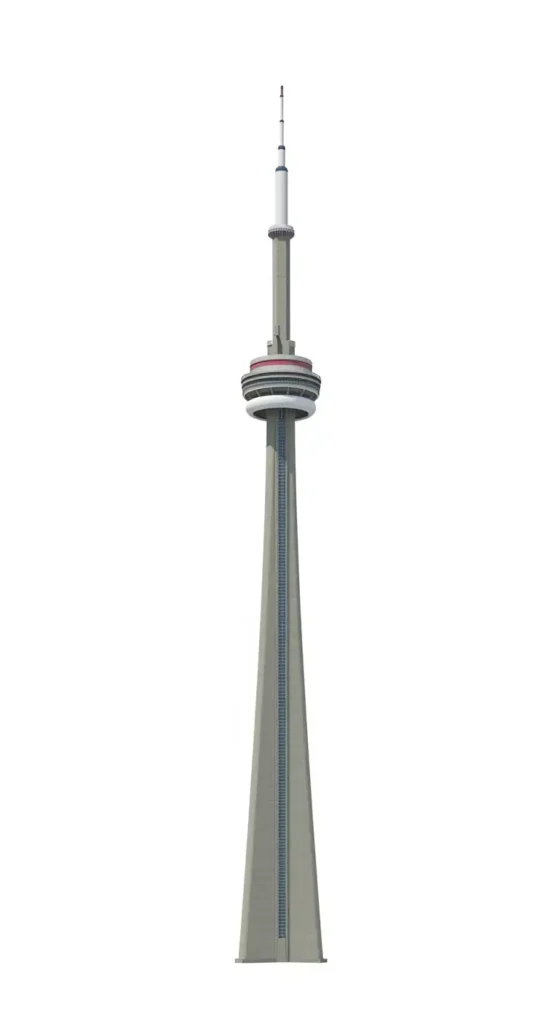
Disclaimer: The content provided on this webpage is for informational purposes only and is not intended to be a substitute for professional advice. While we strive to ensure the accuracy and timeliness of the information presented here, the details may change over time or vary in different jurisdictions. Therefore, we do not guarantee the completeness, reliability, or absolute accuracy of this information. The information on this page should not be used as a basis for making legal, financial, or any other key decisions. We strongly advise consulting with a qualified professional or expert in the relevant field for specific advice, guidance, or services. By using this webpage, you acknowledge that the information is offered “as is” and that we are not liable for any errors, omissions, or inaccuracies in the content, nor for any actions taken based on the information provided. We shall not be held liable for any direct, indirect, incidental, consequential, or punitive damages arising out of your access to, use of, or reliance on any content on this page.
Trusted By
Trusted by 3.2M+ Employees: 21 Years of Service Across Startups to Fortune 500 Enterprises
Join our ever-growing community of satisfied customers today and experience the unparalleled benefits of TimeTrex.

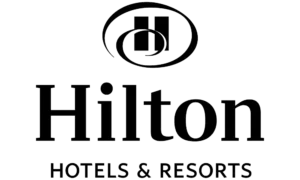







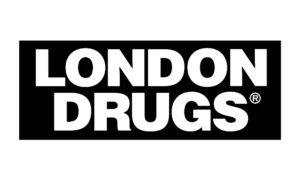
Strength In Numbers
Join The Companies Already Benefiting From TimeTrex
Time To Clock-In
Start your 30-day free trial!
Experience the Ultimate Workforce Solution and Revolutionize Your Business Today
- Eliminate Errors
- Simple & Easy To Use
- Real-time Reporting
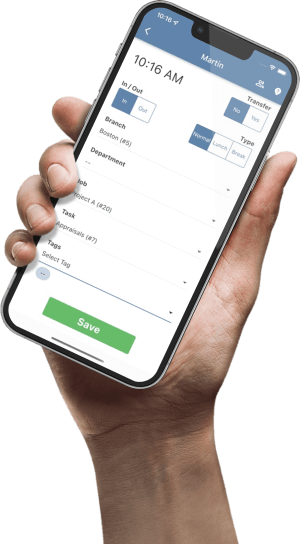
Saving businesses time and money through better workforce management since 2003.
Copyright © 2025 TimeTrex. All Rights Reserved.
